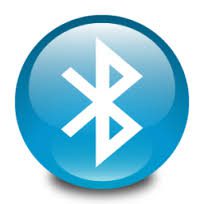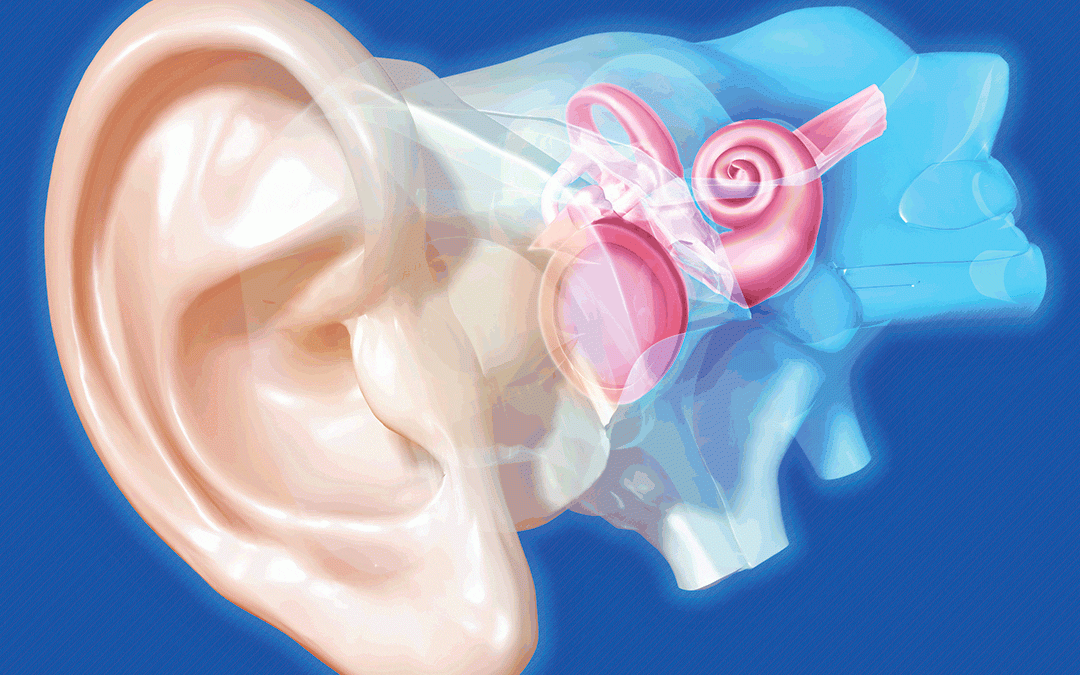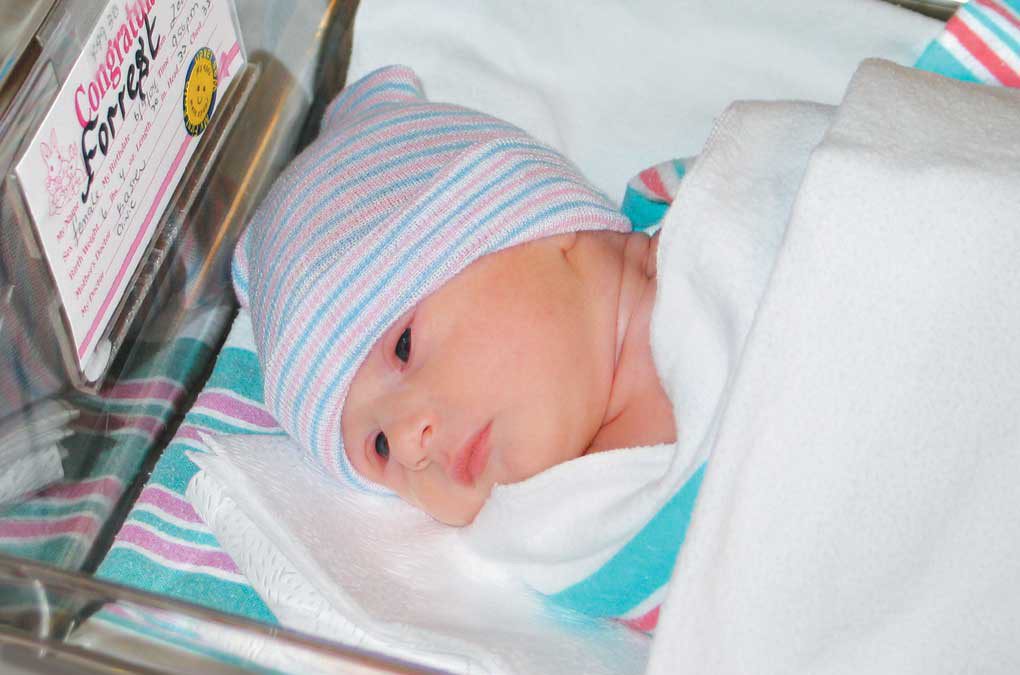Oct 4, 2017
Visit us during our upcoming open house, on October 10th & 11th from 9am to 4pm. We’ll be celebrating 60 years in business with discounts on selected hearing aids, a ‘lunch and learn’ session, a flatscreen TV giveaway (no purchase necessary) and...

Sep 19, 2017
Older individuals who are experiencing hearing loss may want to schedule an appointment with the ophthalmologist after they have their hearing tested. According to a study of nearly 2,000 adults with an average age of approximately 70, those with hearing loss were...

Sep 14, 2017
Judging by how much young people rely on their smart phones, tablets, and other electronic devices to stay connected, they may envy the Bluetooth capabilities of their parents’ and grandparents’ hearing instruments. Bluetooth is a wireless communication platform that...

Sep 5, 2017
Osteoporosis, a bone-thinning disease that is associated with declining bone density and fractures, has recently been linked with “sudden onset hearing loss.” This type of hearing loss, which usually occurs in one ear, either all at once or over a period of a few...

Aug 29, 2017
In order for babies to have positive speech, language, and listening outcomes, infants must undergo hearing-loss screening. For those who don’t pass initial screenings, the most critical diagnostic test is the Auditory Brainstem Response (ABR) test. An accurate and...

Aug 22, 2017
It is estimated that 86 million Americans (more than one out of three) has “pre-diabetes,” which develops before type-2 diabetes. Moreover, 90 percent of these individuals are unaware that they are pre-diabetic. Pre-diabetes is characterized by blood glucose levels...





